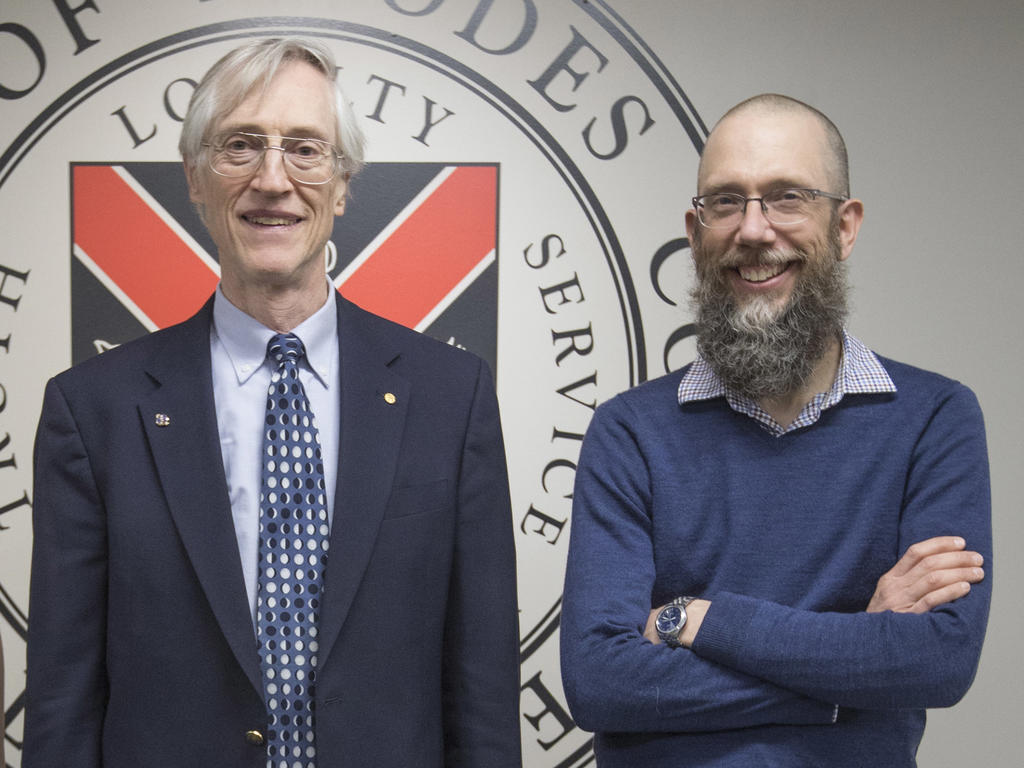In 2020, NASA is scheduled to launch the James Webb Space Telescope (JWST) to replace the Hubble Telescope, and Rhodes’ own Dr. David Rupke is on a team that has helped decide how it will be used to further our understanding of the universe.
Totaling about $8.8 billion, the JWST is the most expensive space-based telescope to date. JWST is both bigger than the Hubble and better able to view exoplanets, massive black holes, and distant galaxies because it is observing primarily in the infrared portion of the electromagnetic spectrum. “The Hubble, which observed the visual wavelength spectrum, revolutionized the general public’s understanding of the universe,” says Rupke, “but the JWST will take this progress much further, helping scientists see how the universe has evolved from its beginning.”
Typically, with a NASA-funded telescope, the organization will make a call for research proposals from teams of astronomers. Rupke explains that astronomers can use these opportunities to petition the organization to study specific celestial objects with the new technology. The call that Rupke’s team responded to, the Early Release Science Program, also tasked the successful teams with providing useful information to the larger astronomical community through documentation of their programs or by other means. The research in the initial proposals accepted by NASA will be conducted during the first five months of the telescope’s operations.
The proposal made by Rupke’s team—which was one of only 13 proposals accepted out of more than 100 submissions—is to observe distant quasars, which are rapidly-accreting supermassive black holes at the centers of galaxies. The useful product that the team will provide back to the community is based on software development done in Rupke’s lab at Rhodes over the last few years to analyze and interpret spectra from quasars using a technique called integral field spectroscopy.
By Katherine Hancock ’19
